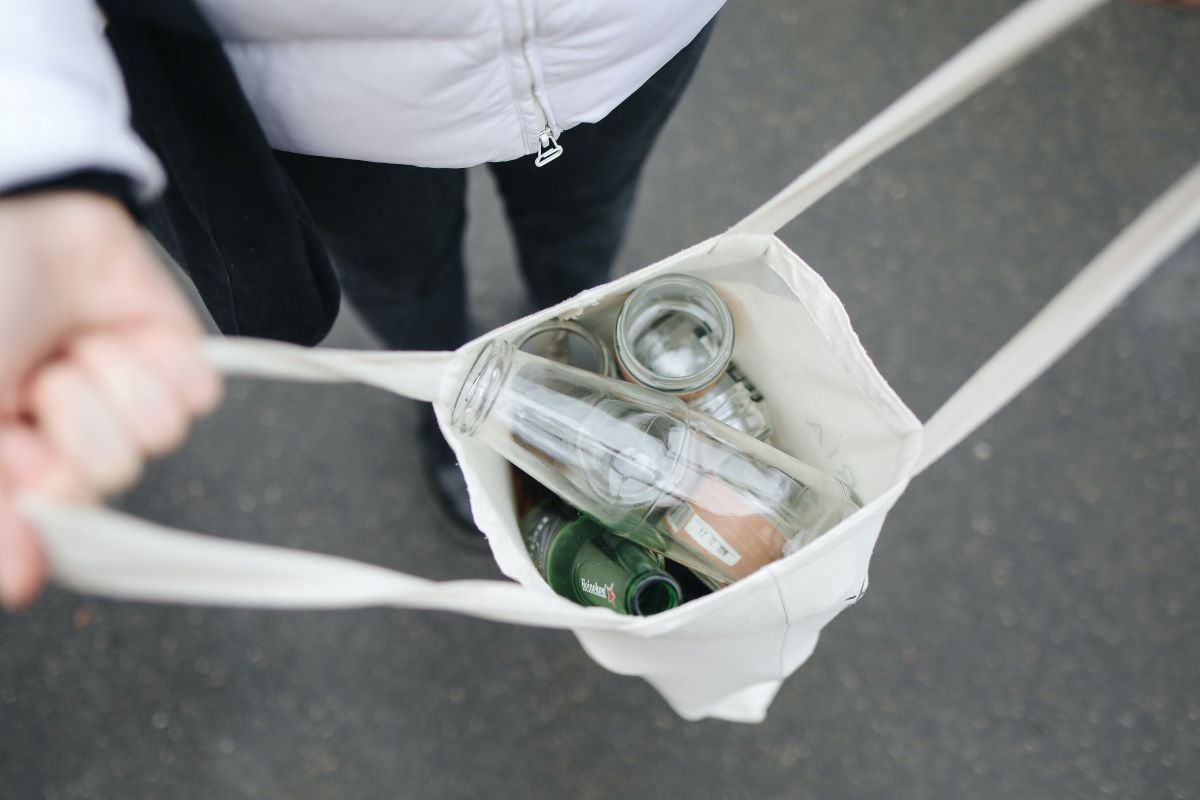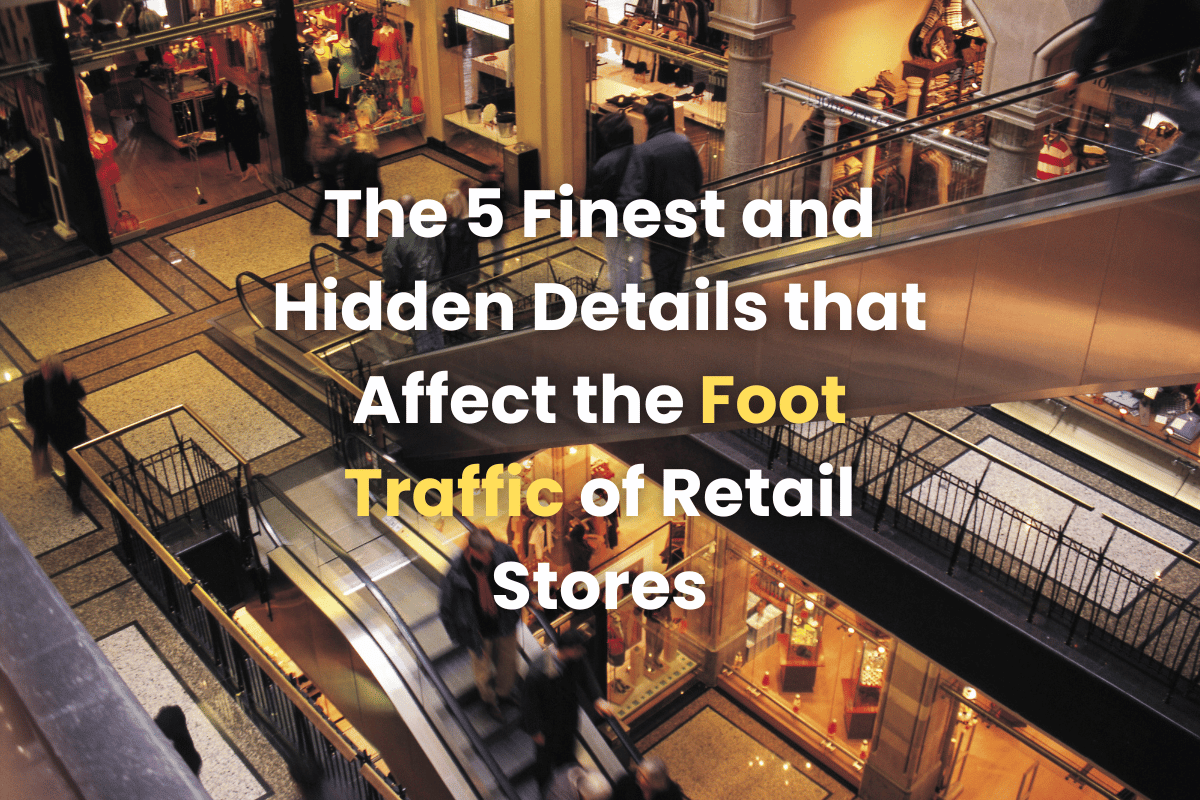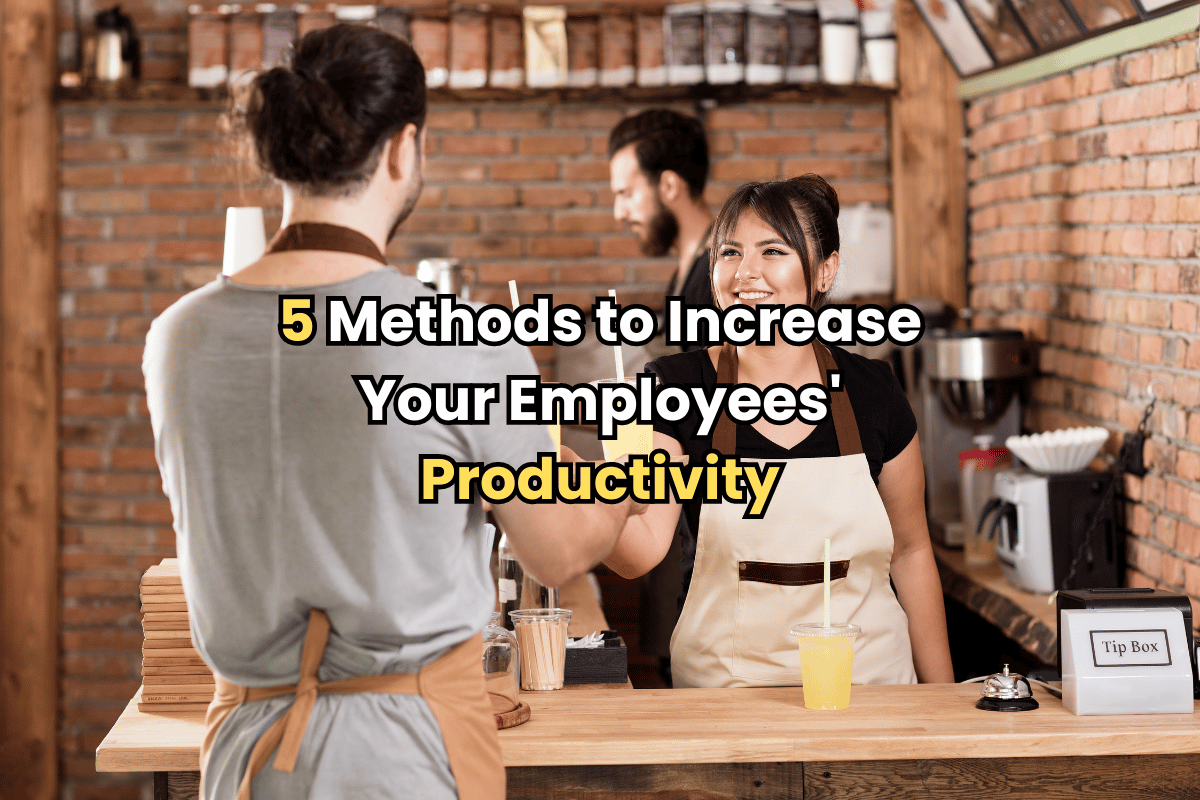There is a greater awareness of the environment than ever before on the consumer side, and who can blame them? This is especially true for younger shoppers, but of course, not exclusive to them. Nowadays, shoppers expect accountability from enterprises they identify with, and showing that you care with actions has become quite important in building customer loyalty.
According to several recent pieces of research, most customers want retailers to address energy waste at their stores, drive social and environmental changes moving forwards, and optimize their operations to be more eco-friendly. According to Cone Communications CSR Study, 87% of the customers said, they’d purchase a product if the company advocated for an issue the customer cared about, and over 75% said they wouldn’t make a purchase if the company’s actions go against what they stand for.
However, deciding to go green for your retail business may be more challenging than it may sound. If reducing your company’s carbon footprint and becoming eco-friendly is a new topic for you and your team, you should first dig deep and do thorough research. Younger generations want to see you in action and make sure you know the cause. A simple slip-up can backfire.

For instance, you may start selling sustainable products at your stores and even replace your whole inventory but still offer free plastic bags and containers for customer convenience. The issue here seems obvious, but quite a number of big companies worldwide failed to avoid these apparent pitfalls and had to deal with the repercussions that followed.
Implementing changes to go green will be challenging, but hopefully, this article will help you understand how you can transform your brick-and-mortar business into an eco-friendly one and allow you to avoid any pitfalls and peculiarities during the transformation period.
6 Ways Retail Stores Become More Eco-Friendly
Going green will improve customer satisfaction and loyalty; that’s evident, but there’s quite a bit more. Becoming an eco-friendly retailer means you’ll reduce your energy and water bills at no revenue loss.
You’ll also reduce your company’s carbon footprint and help protect the environment. On top of that, several recent studies published by reputable organizations suggest that going green improves the brand image, and environmentally conscious companies report increased sales as well as other metrics. So, let’s explore how you can make your retail space more eco-friendly.
Optimize Lighting
You can decrease your company’s carbon footprint by reducing the energy spent at your stores. However, this is a challenge intuition or experience alone can’t help you with. Implementing an accurate, modern, and reliable people counting system is essential. Using people counting sensors, you will always know how many visitors are cruising through your store and which zones are more popular than the others.
You can integrate real-time visitor occupancy data with your building management system. You can adjust your lighting systems accordingly by knowing the exact number of visitors and their precise location at any given time. You can also set up a system in which lights can be dimmed according to the natural light your establishment is getting or completely turned off if there are no visitors available.
You can also collect people traffic data over a specific time period and transform this information into actionable insights via a powerful online visitor analytics tool. Visitor analytics platforms for real-world function like Google Analytics do for websites. They gather data and transform it into reports, charts, and other useful insights.
Maximize Natural Light
Incorporating natural lighting into your store design can significantly reduce your brick-and-mortar’s energy spending. If your store gets a lot of natural light, you can redesign the store layout, place popular products accordingly or install skylights or light tubes to leverage natural light into your store during the day.

Combine natural light with dimmable lights on an automated system, and your establishment will always look bright and inviting, no matter the hour of the day. Another alternative is installing energy-efficient LED lights. These lights last longer and consume less energy compared to regular lighting methods. You can also install motion sensors to turn the lights on or off automatically. All the methods mentioned will reduce your energy bills.
Manage HVAC Systems
If your store is in a smart building, you can also integrate people counting solutions with your building management system. This will allow you to control and adjust heating, ventilation, and air conditioning systems (HVAC) based on the number of visitors your store gets.
Using accurate zone analytics and/or heatmap solutions will let you optimize the usage of these systems further and help you save energy while reducing your bills. You can simply automate the whole system, and if a specific zone is empty, you can reduce the heating or cooling. Of course, the opposite is also possible. You can increase the heating or cooling depending on the outside weather and the number of people in that specific zone to increase customer comfort and satisfaction.
Use Renewable Energy Sources
Utilizing renewable energy sources is another great way to go green in retail. Depending on your store’s location, you can install solar panels on your store’s rooftop (or available open spaces) or install wind turbines on the store property to generate clean and green energy.
Both solar and wind are popular renewable energy sources and reduce your energy costs drastically. You can use these energy sources for your store’s lighting and HVAC systems as well as other energy needs, just as you would use regular power from a provider.
On top of that, you can store the excess energy for later use or sell surplus power generated from your renewable energy sources to your provider if they offer such an option. Incorporating several eco-friendly ways into your system may even help you turn a small profit energy spending-wise.
Eliminate Single-Use Plastics
Switching from single-use plastics to paper bags or reusable bags will greatly reduce your negative impact on the environment and allow you to create more sustainable shopping experiences for your customers. Reducing plastic waste generated in your stores is a great way to show you care deeply about being an eco-friendly establishment and doing your part.
Other single-use plastics include stuff like straws, stirrers, and cutleries. Nearly all big brands worldwide in the food and drinks industry switched to biodegradable or reusable alternatives for a reason.

Clothing stores, supermarkets, and many other types of physical stores also use sustainable materials like bamboo or certified recycled materials to showcase their products. Reusable and sustainable options will greatly reduce waste, and recycled store fixtures last longer compared to their traditional alternatives.
Optimize Work Schedules
Finding out the busiest times of the day and week and understanding the reason behind what causes these peak hours is extremely important for a retailer to succeed. However, you need an accurate and reliable traffic counting system to determine the busiest hours and an online visitor analytics tool to transform this data into easy-to-understand reports and charts.
Knowing the peak hours and less busy times (and understanding the correlation behind them), you can optimize your team’s work schedule accordingly. An optimized and efficient workforce means fewer people will accomplish more. Since fewer people will be at work, your store’s energy consumption will be reduced as fewer lights and other energy-dependant equipment will be used.
An optimized workforce will also reduce labor costs and improve the overall customer experience.
Conclusion
Going green for a competitive retailer is a smart move, no matter from which angle you look at it. Reducing your company’s carbon footprint and negative environmental impact will help attract eco-conscious customers and reduce operational costs. Following our guide, you can make meaningful and impactful changes and improve your bottom line.
People counting and creating a sustainable and eco-friendly retail store go hand in hand. Get in touch with us now, and we’ll connect you with one of our people counting experts in no time. Let’s transform your company into a sustainable business together.




